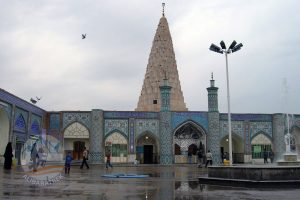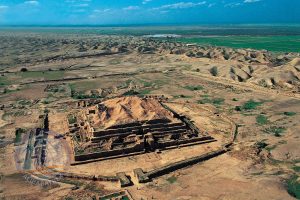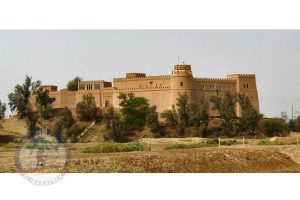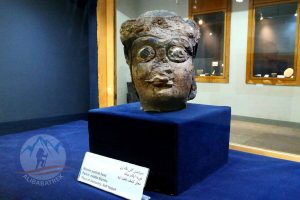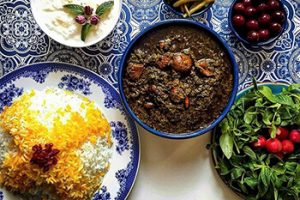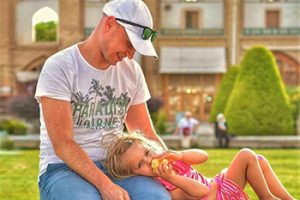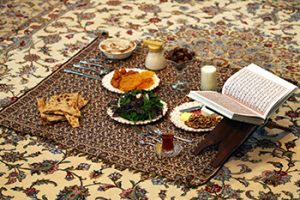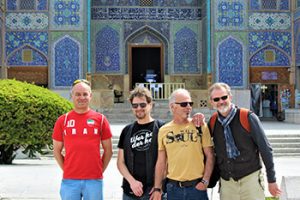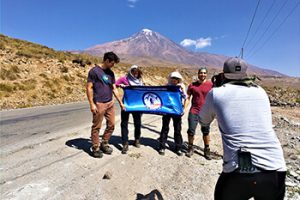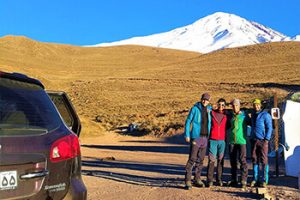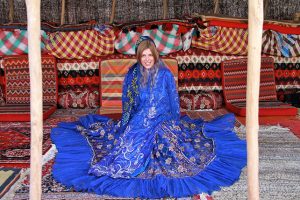Khuzestan
Diverse in languages and ethnicities; mixture of arid lands and mineral waters; rivers and ziggurats; seat of the Elamite empire
Khuzestan, located in the southwest of the country, bordering the neighboring country Iraq and the strategic Persian Gulf. The capital of the province is Ahvaz but some other important cities include Abadan, Khorramshahr, Dezful, Susa, and Shushtar.
Often called “the birthplace of the nation” because of its ancient history, Khuzestan is home to the Elamites Empire who built their civilization in high fertile lands of Khuzestan, including the famous Susa. Translated as the “Land of the Khuz”, the “-stan” suffix attached to Khuzestan indicated of its aboriginal residents, the Susian people.
Entrenched in history, early indications of civilization showed up in the northern parts of the region, especially in Susa and then later on in Shushtar. Some centuries later, the capital of the glorious empire was moved down from the northern edges closer to its geographical core, in a city now called Ahvaz – which is now the capital of Khuzestan in contemporary Iran as well. Despite this, later on in the Sasanian era as well as the whole of the Islamic era until the Qajar time, Shushtar was made capital again. Ever since the expansion of global maritime trade reaching the Persian Gulf, Ahvaz has gained more and more attention from the sitting governments and has been designated for the seat of the provincial capital. Karun River, an impressively large river originating from the enormous Zagros Mountains in the north and pouring into the international water of the Persian Gulf, is traversable by boat all the way to the heart of Ahvaz.
Khuzestan is a heaven for those interested in different ethnicities, cultures and various lifestyle. Ethnicities in the region include Iranian Arabs, Lurs, Qashqai tribe, Afshar people as well as Persians and Iranian Armenian. Languages abound in Khuzestan; you will hear Farsi, Arabic or Luri if you lived in Dezful, for example, which has its own distinguished dialect and lexicon. Religions are, too, varied; even though chiefly Shi’ite Muslims, minorities such as Sunni, Jewish, Armenian, Christians, as well as the scarce Mandean, live here peacefully.
Khuzestan was under the invasion of – and shortly captured by – Iraqi troops led by Saddam Hussein and has been among Iran’s most devastated regions by the Iran-Iraq war.
Ziggurat of Chogha Zanbil
Inscribed in UNESCO World Heritage Site, this brick ziggurat is a unique and hugely impressive building, remaining from Elamite architecture. Nowhere in the world, its similar can be found. Probably the most rewarding site in the vast Khuzestan, the ziggurat of Chogha Zanbil will impress everyone, even those not interested history and ancient architectures. Situated in a semi-desert land, this magnificently constructed ziggurat was offered to the chief god the Elamite group of Gods. The complex, covering 105 meters of area, is placed on a raised ground to prevent damage from flooding. It is constructed vertically from the base level, the same way other Elamite ziggurats were erected and originally it was to be a five-storied one; it was left unfinished because of an attack by Ashurbanipal.
One could believe that the red bricks used in the complex are completely new if one didn’t know that these are not centuries but millennia old. It’s a miracle how the ziggurat survives. Although, if scrutinized with the naked eye, one could see the intricately inscribed cuneiform on them: the world’s earliest alphabet.
In the complex, along with the northwestern part, you can find interesting sacrifice stones. Ziggurat of Chogha Zanbil used to be encircled by a floored courtyard safeguarded by a wall. At the end of the north-eastern stairs, one would have found the Untash Gal Gate: the room in which servants would bring the whims of the kings to reality.
The whole area used to be greener, riverine and forested; however, with time as the region became drier and drier, qanat used to bring waters from now lost river as far away as 45km from the ziggurat.
Tomb of Daniel
While various locations assert their possession to Daniel’s grave, the tomb found in Susa is wildly more accepted among academics as well as within the Muslim and Jewish communities in Iran as the actual one. The existence of the tomb was first mentioned by Benjamin of Tudela, a medieval Jewish traveler who visited Persia and other countries in the 12th century. The tomb’ shell design is an unusual one: rather than being a disc-shaped shell like those commonly found in the rest of the country, the tombs are tall and pine-cone looking. Even though the present shrine was erected in the 1870s, the gravestone and the traditional homage paid to the prophet is at least a millennium old.
The earliest recorded description of Tomb of Danial in Susa appear in 1160 -1163 when a Jewish traveler visited the area. It was then thought that closeness to the body parts of the holy prophet brought well-being as well as the riches. Nowadays, devotees, travelers, wayfarers, and pilgrims visit the special tomb close to the river.

Shushtar Historical Hydraulic System
Inscribed on the UNESCO World Heritage Site in 2009 and described as ‘masterpiece of creative genius’, these Historical Hydraulic System in Shushtar are together an island city which has been redirecting water from the Karun River to agricultural farms for irrigation for at least a thousand years. This complex system includes watermills, weirs, bridges, canals as well as tunnels all of which do specific parts of the whole network. The way watermills are fed is absolutely amazing: they are powered by artificial waterfall made in antiquity in the river. The Shushtar Historical Hydraulic System is a work of genius and one of the best examples of how antiquity used water for the continuation of their lives.
Do try to get close to these systems to better appreciate the brilliance of the work of these ancient engineers. Don’t forget to, also, visit at night when the waterfalls and millponds are illuminated by a floodlight.
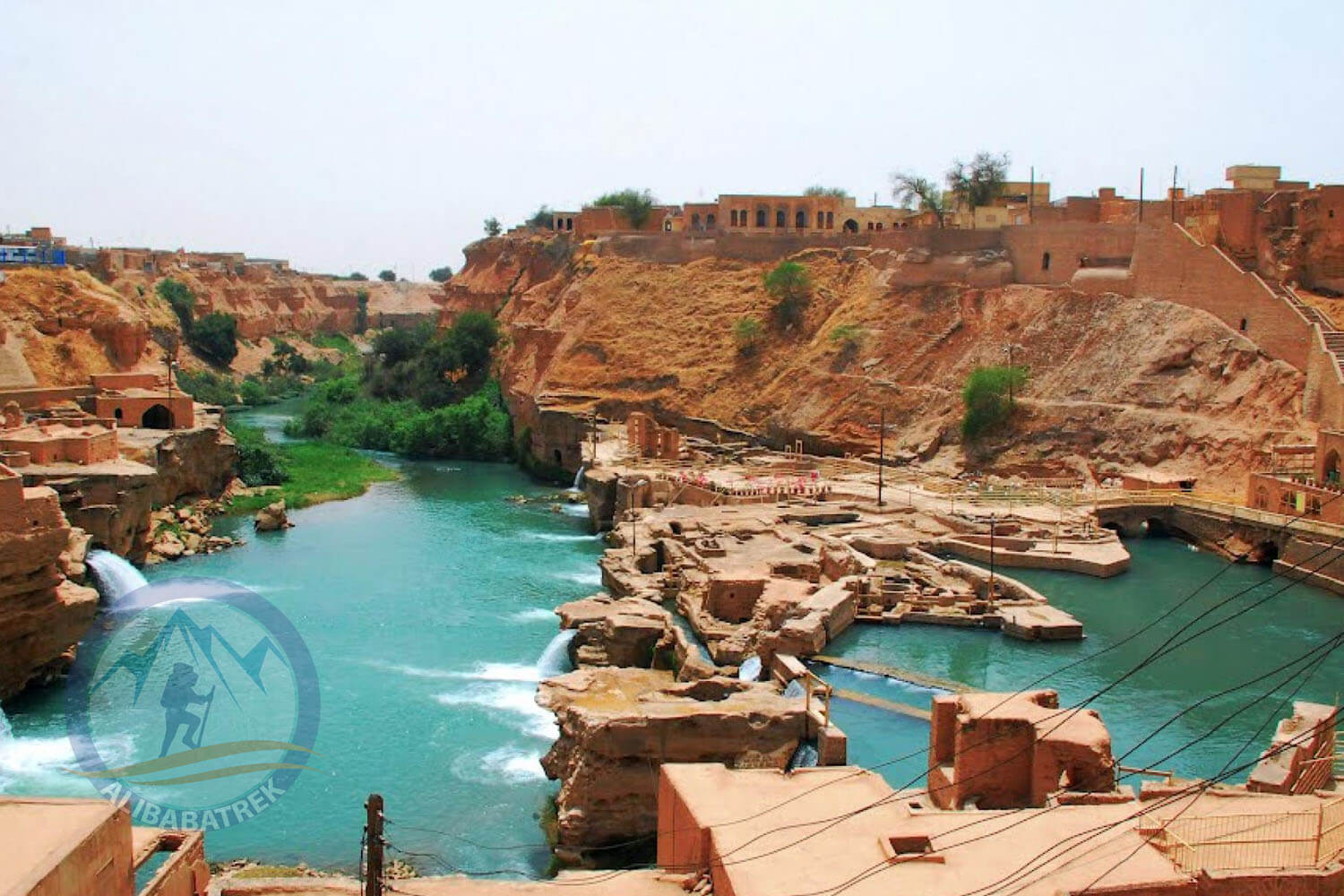
Palace of Darius in Susa
Similarly designed and contemporary to those found in Persepolis in Shiraz, the remaining ruins of the Palace of Darius also called Apadana was a palace complex built in Susa, the capital of the Achaemenid Empire. Little remains of the actual buildings, but with a little help from imagination you can easily picture how it was like before the conquerors from the Arabian Peninsula took over Persia in the 7th century.

Shush Castle
Château de Suse, as it is said in French, this castle is located close to Apadana ruins in the ancient city of Susa. It was built by the French archeological team, in the 1890s so they could better explore and excavate the area for their archeological research. Shush Castle is similar to those built during medieval France. It was constructed by local artisans with bricks that were taken from the (now under the protection of UNESCO) Chogha Zanbil Ziggurat as well as the Palace of Darius aka Apadana ruins. This is a good example of archeology from the prescientific period when the explorers did not care so much about the site and sometimes mutilated or even worse destroyed them during their examinations and explorations.
Now a museum, this French castle was taken over by the Islamic Republic after 1979 from the French government. Its most famous artifact is a cuneiform on which there the Code of Hammurabi, one of oldest deciphered writing of antiquity, kept in the Louvre Museum.
During the devastating Iran-Iraq War, the Shush Castle was mutilated and disfigured by Iraqi bombers; it has been fully repaired and revamped by the Iranian officials.
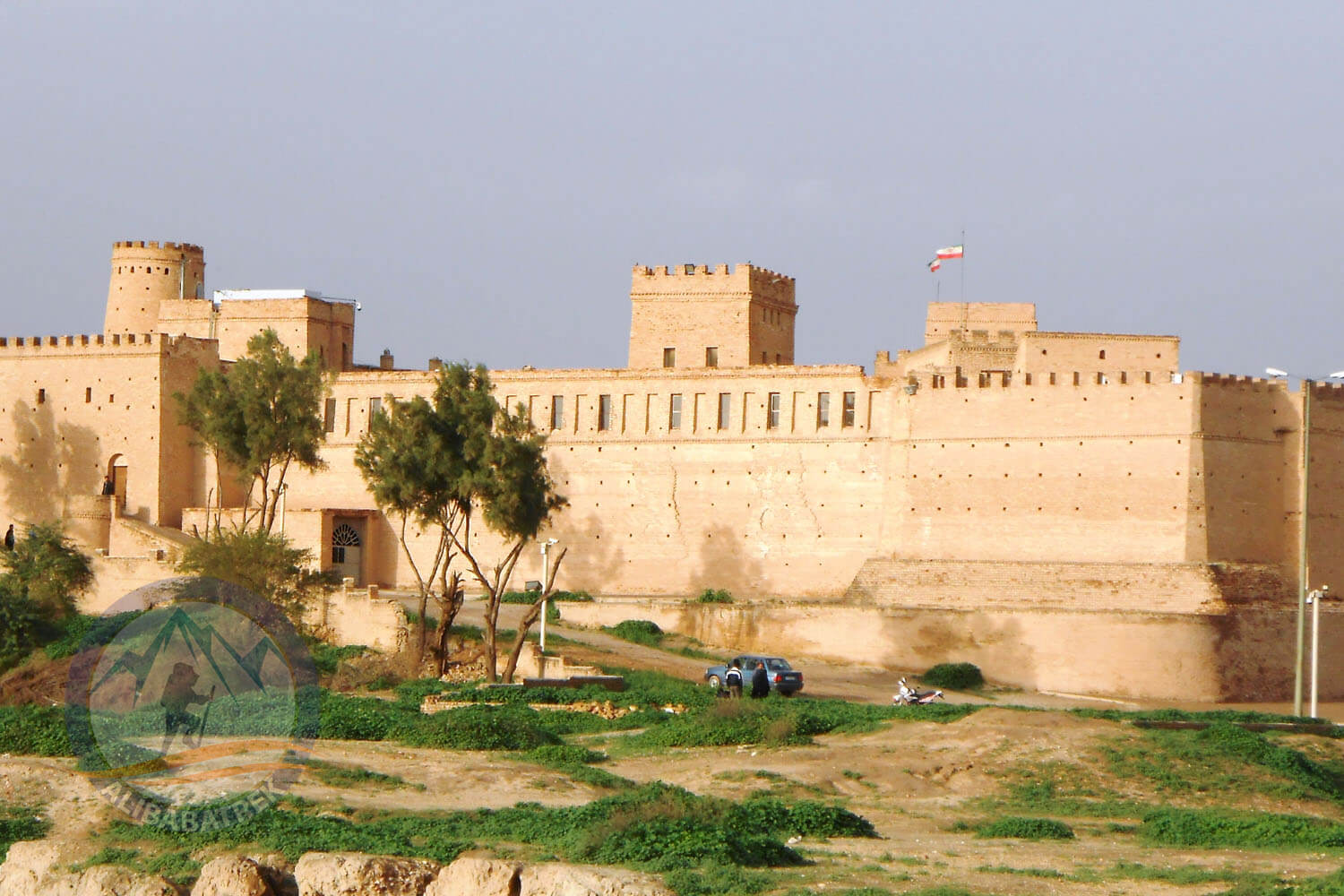
Susa Museum
Small but yet abundantly equipped with many pottery and stones from antiquity gathered from nearby archeological findings of ancient Susa, this museum is a paragon of local museums. There are six main rooms in the charming Susa Museum: there you will find weapons, ceramics, and a sculpture of Heracles having a lion in his arms from Majsed Soleiman, as well as funerary masks found in Haft Tepe.
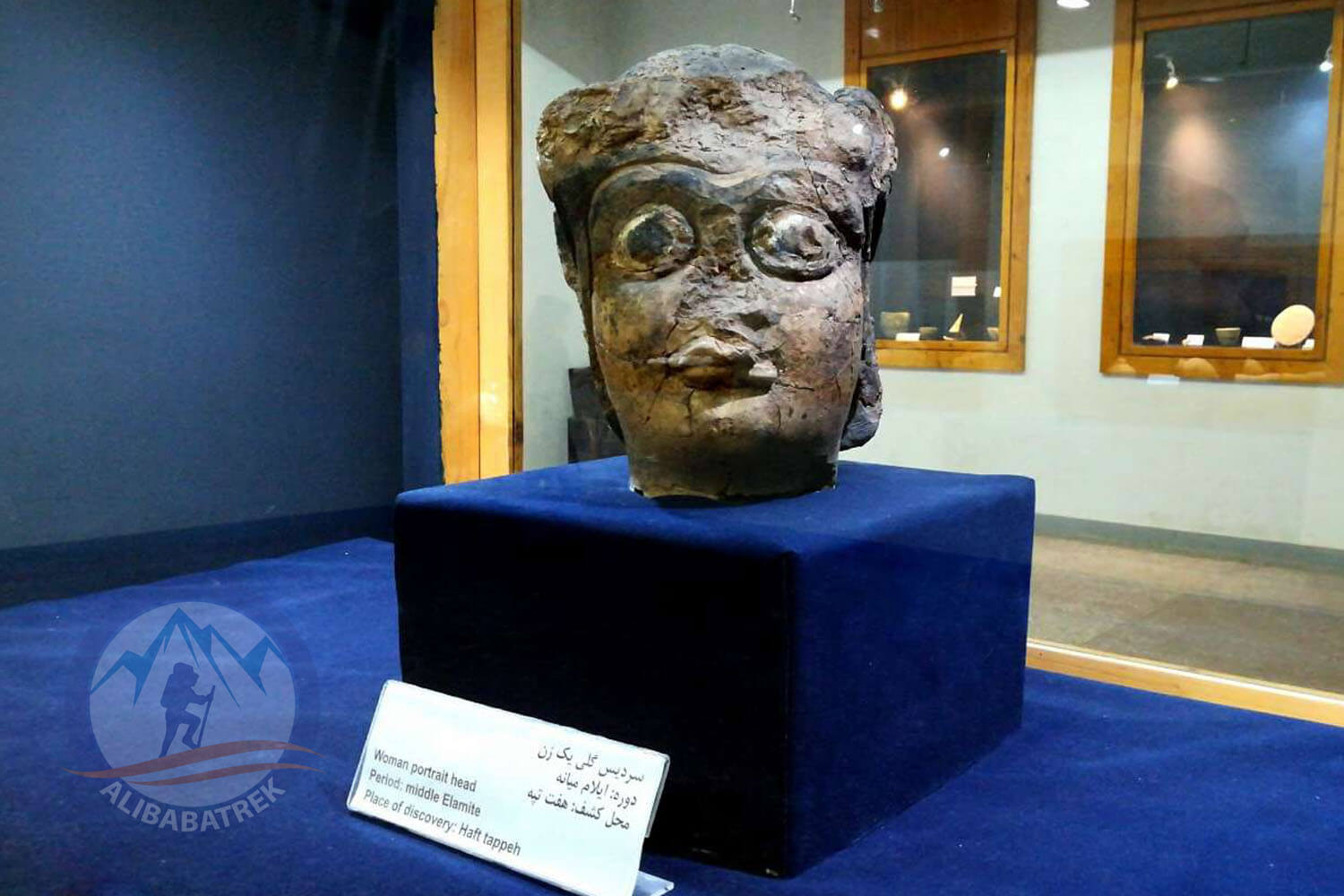
Khuzestan Photo Gallery
General Info
- Population: 4,711,000
- Area: 64,055 km2 (24,732 sq mi)
- Elevation: 12 m (37 ft)
- Climate: Desert
- Avg. Annual Temperature : 25 °C
UNESCO Heritages
- Shushtar Historical Hydraulic System
- Susa
- Tchogha Zanbil
- Culture & Adventure
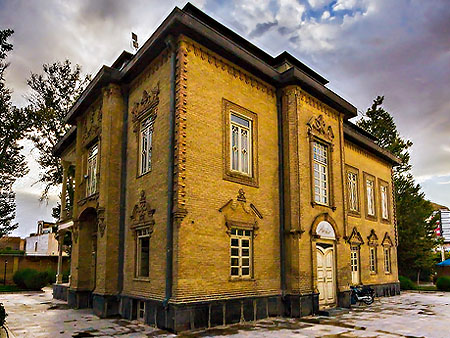

A journey to the amazing cities of western Iran
Enjoy visiting historical western cities of Iran with this Iran tour package. This Iran travel tour includes visiting Qom, Lorestan, Susa, and Isfahan. So, spend 13 days with this Iran tour to explore the rich culture of Iranian western cities thoroughly.
- 13 Days
- 4 Seasons
- Phys. Rating: 1 out of 5
- Culture & Adventure


Travel to the wonders of ancient Iran
Seeking for ancient aspects of Iran? then Iran tour package of Shushtar and Khuzestan is a great opportunity. This Iran travel tour takes you to visit the Iranian most ancient cities in 4 days. Enjoy the wonderful historical and cultural features of Iran with this Iran tour.
- 4 Days
- Oct. to May
- Phys. Rating: 2 out of 5




